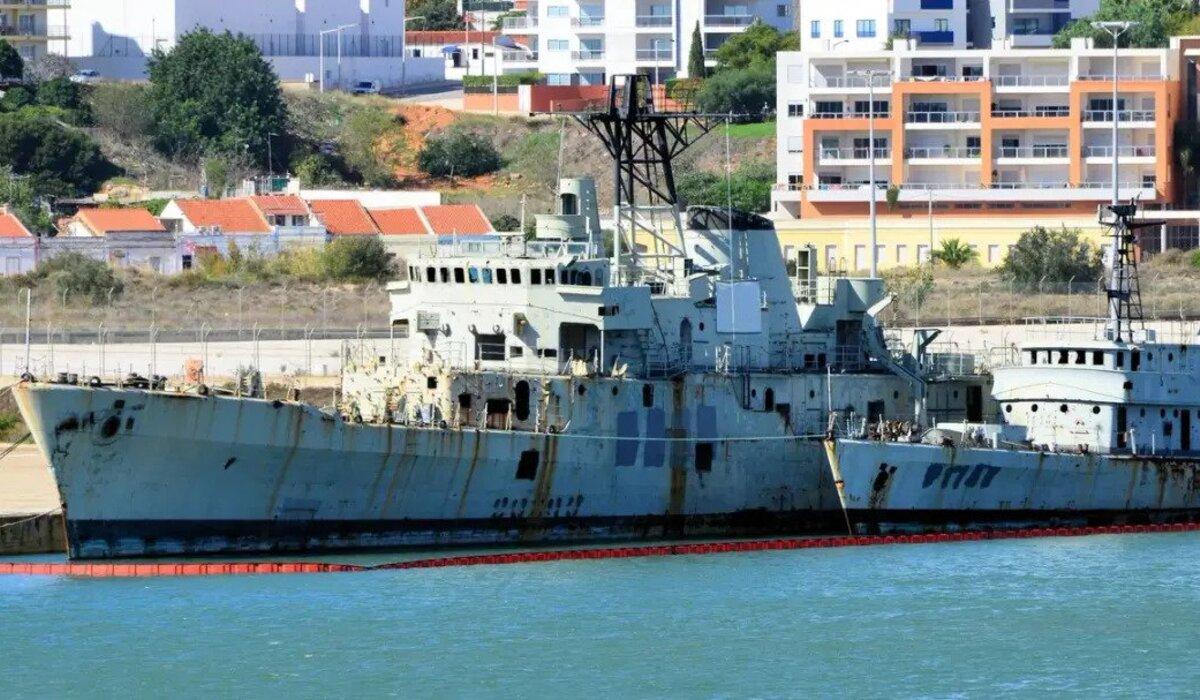Decommissioning large container ships involves a complex and ecologically sensitive process that has typically occurred in South Asia. In this procedure, ships are dismantled using fossil fuel-powered cutting tools, breaking them down into smaller sections. While this method has been widely utilized due to its cost-effectiveness, it carries substantial disadvantages, including environmental contamination and worker safety concerns.
The conventional ship recycling process in South Asia gives rise to considerable pollution. Firstly, the utilization of fossil fuel-powered tools emits harmful pollutants into the atmosphere, contributing to air pollution and climate change. Secondly, the waste generated from ship dismantling frequently finds its way into the sea, exacerbating marine environmental pollution. This dual impact on both air and water quality raises significant environmental issues.
Moreover, worker safety is a pressing concern within the shipbreaking industry. Many laborers lack adequate protective gear and safety equipment, rendering them vulnerable to accidents and injuries. Tragically, the shipbreaking sector has a high incidence of fatalities and injuries, constituting a profound human tragedy that cannot be overlooked.
However, a promising and innovative solution is on the horizon, spearheaded by the German company Leviathan. They have developed robotic arms that employ a potent combination of water and sand to disassemble ships. This approach offers several advantages over the traditional method.
Firstly, it is markedly more environmentally friendly, as the robotic arms are electrically powered, resulting in a significant reduction in carbon emissions. Furthermore, this novel technique facilitates the retrieval of steel from the ships, which can then be transported to European mills using electrified trains, further diminishing the environmental footprint.
Furthermore, the robotic arms necessitate fewer operators, rendering the process more labor-efficient and streamlined. The utilization of computer simulations to ascertain the most efficient and expeditious approach to ship dismantling enhances both safety and efficiency.
One of the most noteworthy aspects of this fresh approach is its unwavering commitment to environmental responsibility. The water-based disassembly process not only deconstructs the ships but also captures any hazardous substances, preventing their release into the oceans. These substances can potentially be repurposed in the dismantling of other structures, establishing a closed-loop system that minimizes waste and pollution.
Despite the potential benefits of this innovative approach, challenges persist. It is estimated that in the next decade, approximately 15,000 ships will necessitate recycling. The question arises as to whether the new, safer, and more eco-friendly robotic technology will suffice to handle this volume, or if older, more environmentally damaging, and perilous methods will persist due to economic considerations and the urgency of ship decommissioning.
In conclusion, the traditional approach to decommissioning container ships in South Asia through the use of fossil fuel-powered cutting tools carries significant environmental and safety drawbacks. The emergence of robotic arms employing water and sand jets offers a more sustainable and safer alternative.
Nonetheless, addressing the environmental and safety challenges of ship recycling will require a concerted effort from the industry, governments, and organizations dedicated to safeguarding both the planet and the workers engaged in this crucial yet hazardous sector. The adoption of cleaner and safer technologies such as robotic arms signifies a step in the right direction, but considerable work remains to ensure a sustainable and responsible future for ship recycling.

